The environmental issues of today know no borders. We can't just put up
fences around natural places to keep humans out. We must protect the
entire planet for the survival of all species — plants, animals and
people. Governments, businesses, communities and individuals must make
better decisions to live in balance with nature. Through science,
responsible planning, legislation and daily choices, we can ensure the
survival of the ecosystem.There are many ways you can help to
save wild places and wild animals. Volunteer. Recycle. Install solar
panels on your roof. Organize an event where you live. Change a habit.
Help launch a community garden. Communicate your priorities to your
elected representatives. The possibilities are endless! Do something
nice for the earth, have fun, meet new people, and make a difference.
Environmental Issues
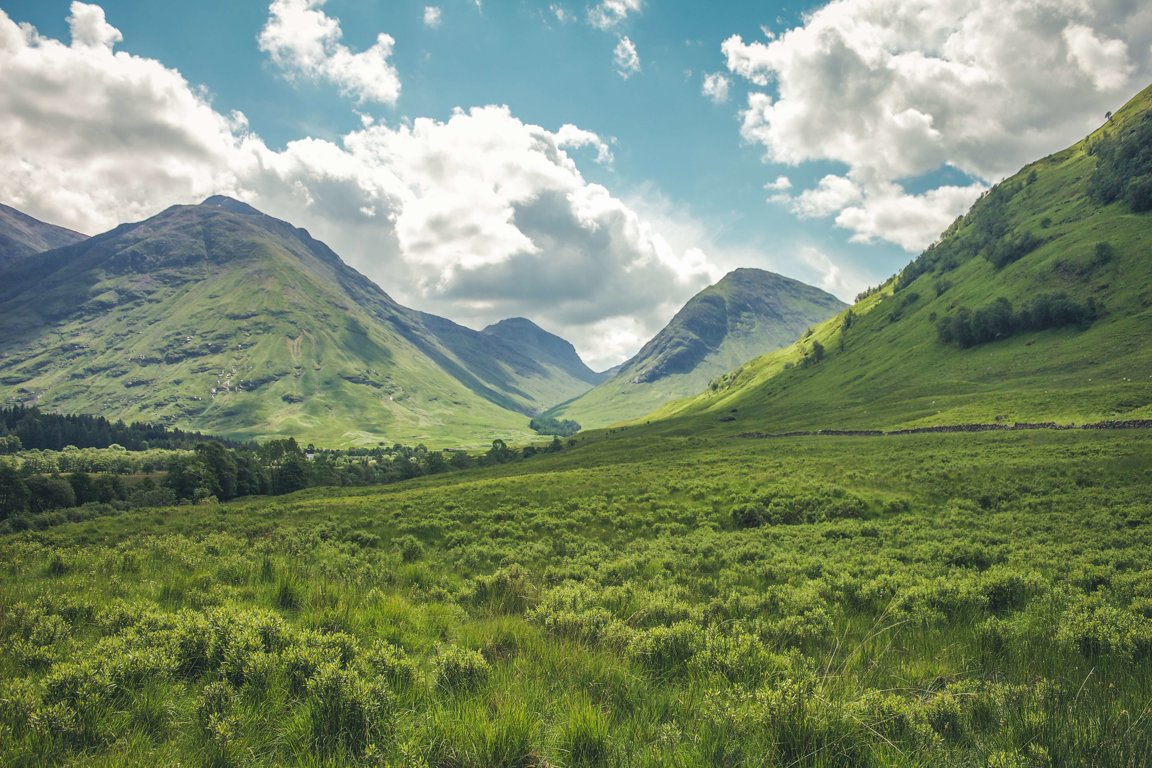
Land
The
world population is expected to reach 9 billion by 2050. As our
population increases, there is even more pressure on forests,
grasslands, deserts and other natural areas to provide food, housing and
energy for humans. These demands increase the stress of already
fragmented natural areas suffering from pollution, deforestation,
disrupted migratory routes and changing environmental conditions.Already,
large numbers of people have been declared food-insecure; resulting in a
land rush with nations hurrying to secure properties for agriculture
and fuel crops. Forests are being cleared at alarming rates, an
estimated 18 million acres each year. At the same time, poor agriculture
practices lead to millions of acres of land lost annually through soil
erosion and land degradation.Trillions of tons of garbage is
produced every year, while more and more goods are produced...resulting
in the creation of more waste. Most garbage is buried underground in
landfill sites, causing environmental and health concerns.If we don’t make changes now, future generations will not experience the same plentiful, diverse planet that we know today.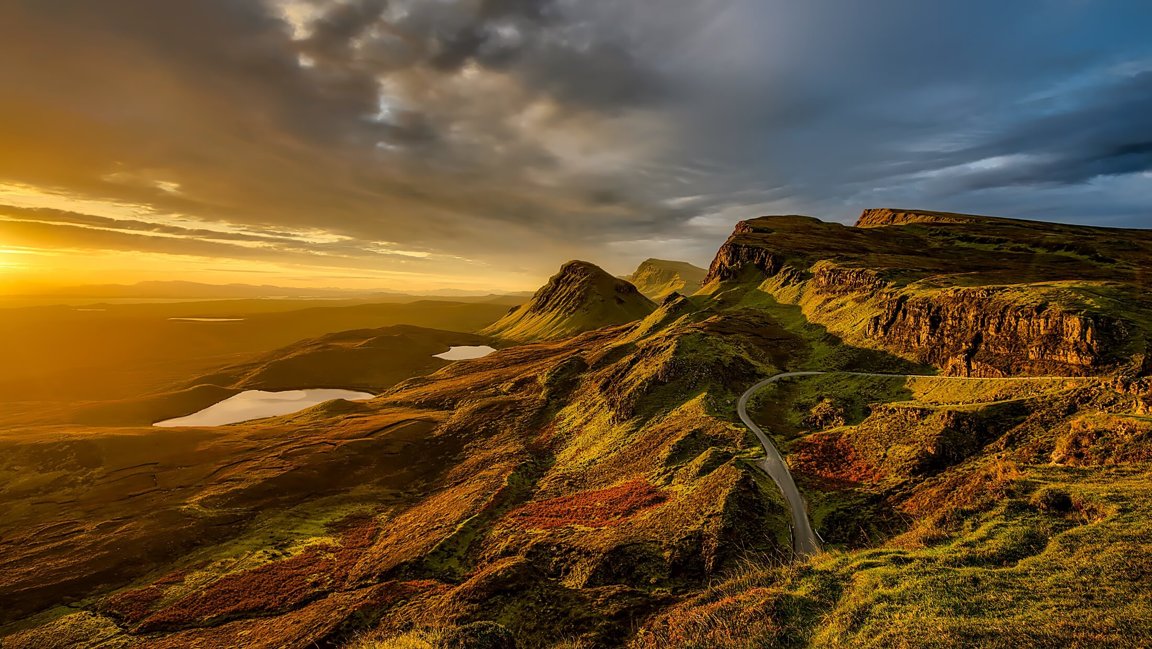 Air
Air
Air
pollution is a mixture of solid particles and gases in the air. Car
emissions, chemicals from factories, dust, pollen and mold spores may be
suspended as particles. Ozone, a gas, is a major part of air pollution
in cities. When ozone forms air pollution, it's also called smog.Air
pollution is caused by polluters who refuse to clean up toxic air
emissions, despite proven pollution control technologies. Most air
toxics originate from human-made sources, including automobiles,
factories, refineries and power plants. Indoor sources include building
materials and cleaning solvents.As the environment suffers,
humans suffer from asthma, lung disease, heart ailments, cancer and
shortened lives. Acid rain, often caused by pollutants in the atmosphere
from automobile or industrial processes, falls from the sky in the form
of rain, snow, fog or dry material. Devastating effects to forests,
aquatic systems, buildings and human health can result. Air toxics then
contaminate our food products, drinking water and soil.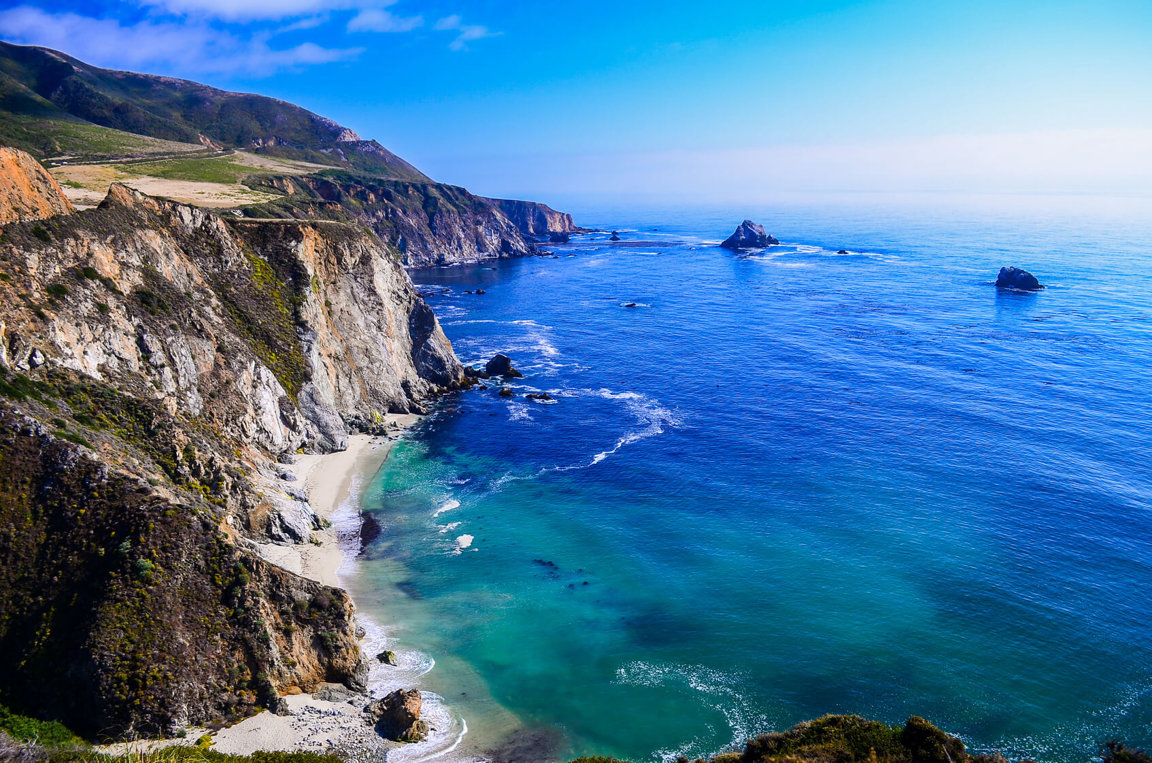 Water
Water
Pollution,
habitat fragmentation and destruction, and overfishing are having
devastating effects on our oceans, rivers and lakes. Acidification,
caused by increased carbon emissions, degrade coral reefs and corrode
the shells of sea creatures. Freshwater ecosystems provide us with
drinking water, food, energy and recreation. These ecosystems are also
critical to plants and animals. Increased demands for food, energy and
material goods have placed unprecedented pressure on these fragile
environments. Within the next 20 years, half of the world’s population
may face water shortages.Oceans are a critical part of the
earths support system. Acid rain pollutes our seas. Oceans are degraded
by spills and chemical runoffs. The largest living structures on earth,
coral reefs, are among the greatest storehouses of biodiversity on the
planet. Up to 70 percent of coral reefs are expected to be lost by 2050
due to human activities.Water is under threat from fertilizers
and chemical runoff, dumped chemical and industrial wastes, untreated
sewage and medicinal residues.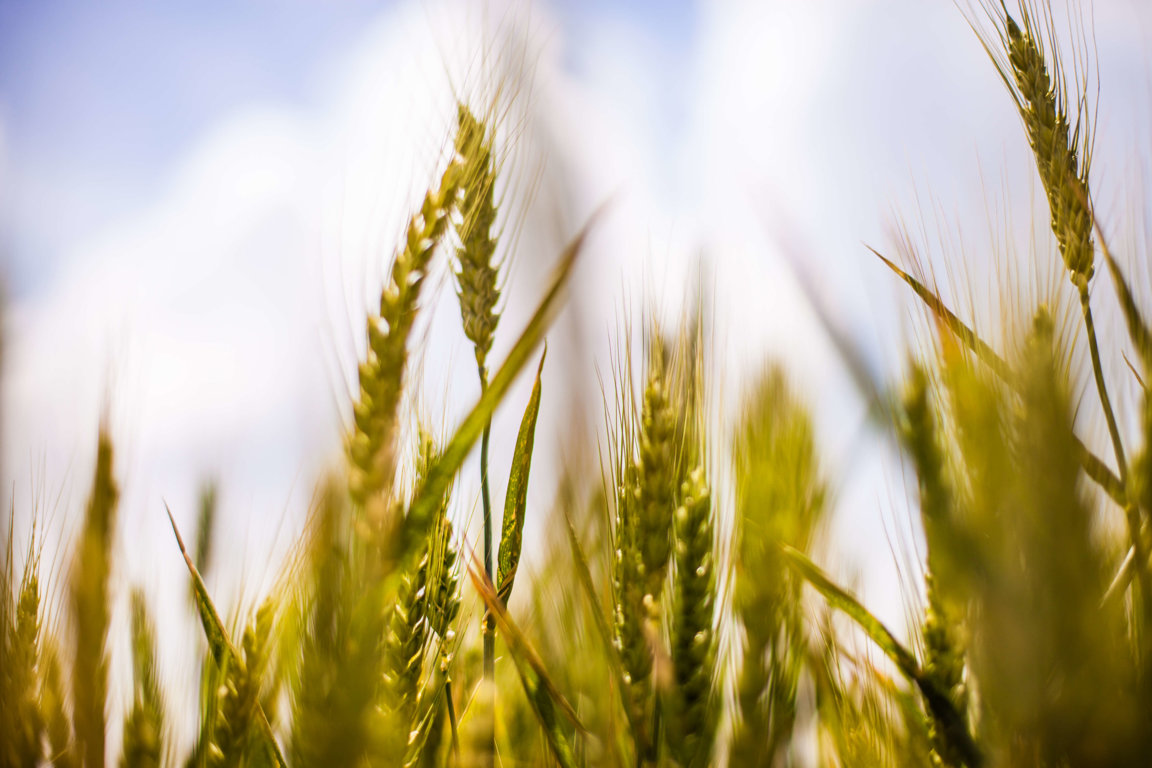 Genetic Engineering
Genetic Engineering
Genetic
modification of plants and animals is a controversial subject, with
many experts believing the ill impacts far outweigh the benefits to
mankind. Manipulating plant DNA to produce super crops is a dangerous
global experiment. When released into the environment, they cannot be
recalled.Genetically modified organisms (GMOs) can spread
through nature and interbreed with natural organisms. They can
contaminate natural environments in an unforeseeable and uncontrollable
way. This is referred to as 'genetic pollution', a major threat to the
environment.Due to commercial interests, the public has been
denied the facts about GMO ingredients in the food chain. The absence of
labeling laws in many countries denies individuals the power to avoid
them.Biological diversity must be protected and respected. It is fundamental to our planet's survival.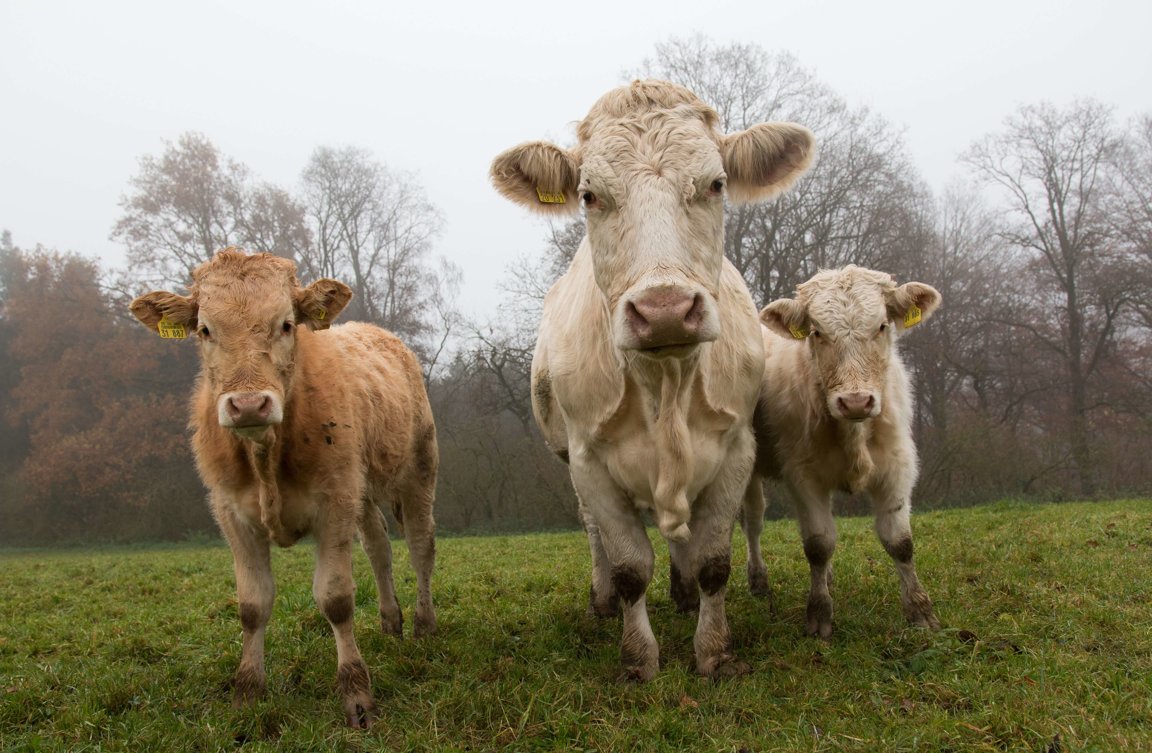 Animal Agriculture
Animal Agriculture
Animal agriculture is the leading cause of deforestation, water consumption and pollution. It is responsible for more greenhouse gases than the transportation industry. Factory farms are a primary driver of topsoil erosion, rainforest destruction, species extinction, habitat loss and ocean dead zones. Raising animals for food requires massive amounts of land, food, energy, and water and causes immense animal suffering. It takes 12 times as much land, 13 times more fuel and 15 times more water to make a pound of animal protein than to make a pound of plant protein.
Factory farming is responsible for 18% of CO2 greenhouse emissions and 64% of ammonia which produces acid rain. Livestock animals produce toxic excrement from the high levels of antibiotics and hormones they are given. Cows and sheep account for 37% of the total methane generated. Methane is 25 to 100 times more damaging than CO2. Cows alone produce approximately 120lbs of manure per day, as many as 20 to 40 humans. And their manure produces about 150 billion gallons of methane per day.
The overpopulation of animals in theses factories creates unmanageable amounts of waste. It is collected in cesspools and is either sprayed on fields or left to sit. The toxic fumes from the pools are emitted into the air and harm the environment – causing health issues to the people living in those areas. Runoff water from factory farms and livestock grazing is the leading cause of dead zones in our oceans and eutrophication in our freshwater sources.
In the US 55% of water is consumed by animal agriculture while only 5% is used by households. 1 cow drinks up to 50 gallons of water per day. It takes 683 gallons of H2O to make 1 gallon of milk. 2,400 gallons of water are used to make 1lb of beef. 477 gallons are needed to produce 1lb of eggs, and 900 gallons are used in the process of making cheese.
From air and water to land, the business of animal agriculture is destroying our environment. With over 30% of Earth’s landmass being used to raise animals for food – including both grazing and growing feed crops – topsoil erosion, deforestation, habitat loss and species extinction are of major consequence.
70% of the grain grown in the US is used to feed farmed animals. 56 million acres of land are used to feed factory farmed animals, while only 4 million acres produce plants for human consumption. It takes 20 times less land to feed someone on a plant based diet than it does to feed meat eaters. It takes 10lbs of grain to produce 1lb of meat.
The rapid growth of livestock leads to deforestation, particularly in Latin America. 70% of the Amazon Rainforest has already been destroyed and is now occupied by pastures and feed crops. Tropical deforestation and forest clearing have adverse consequences that contribute to climate change, biodiversity loss, reduced timber supply, flooding and soil degradation.
Unlike sustainable farming systems that work harmoniously with the natural environment by rotating crops to help replace nutrients, unsustainable industrial farming uses one crop that is not rotated which leads to loss of soil fertility. Low soil fertility causes farms to continuously move from place to place which leads to deforestation and rapid growth in weeds. The use of herbicides to combat weeds and pesticides to eliminate insects both harms the soil fertility and ultimately contaminates our water sources through runoff. Land based factory farming has caused more than 500 nitrogen flooded dead zones around the world.
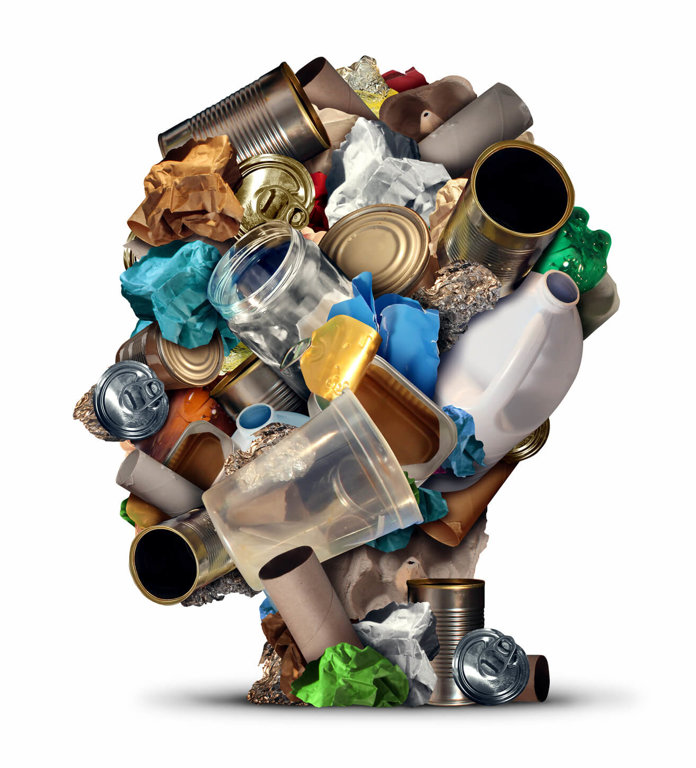
Overconsumption
Overpopulation is not what's bringing about ecological catastrophe; overconsumption is. Overconsumption is the state where consumption surpasses the planet’s natural replenishing capabilities.
Living and consuming are interconnected activities. You can’t live without consuming. Water, food and air are consumed to support life. But we also consume much more than essentials, including goods and services such as electronics, furniture, appliances, cars, books, entertainment, and travel. There seems to be no end to the list of items and services we can’t live without.
Nowadays, we buy mainly to draw emotional satisfaction rather than meeting our actual needs. Advertising creates virtual problems and triggers negative feelings about them; then, it conveniently presents you with a solution. This cycle results in a deterioration of the quality of life, overworking, and overconsuming, which also damages the environment significantly.
Corporations manipulate consumers. They promise us privileges, connection, and happiness, which makes us keep buying more and more. The message’s effectiveness is so high that, despite being left in debt, overstressed, and buried under tons of possessions, we continue wanting more. But, worse of all, our overconsumption is based on our society’s reliance on it. The modern Western economy relies on us consuming more, so it focuses on fueling our wants and desires, and encourages us to upgrade more, buy more, waste more and pollute more.
This unrelenting consumption does not come free of charge. The natural world provides everything we consume, through mining, extraction, farming, and forestry – and there is a limit on the planet’s resources. As we keep consuming more and more, pursuing an elusive “comfortable” life, the planet is overstressed by this over-exploitation of soil, water, minerals, forests, fish, etc. As a result, species, habitats, and even entire ecosystems are collapsing. What’s more, with increased consumption comes more waste and pollution, compromising the quality of life’s very basic elements: air, water and land.
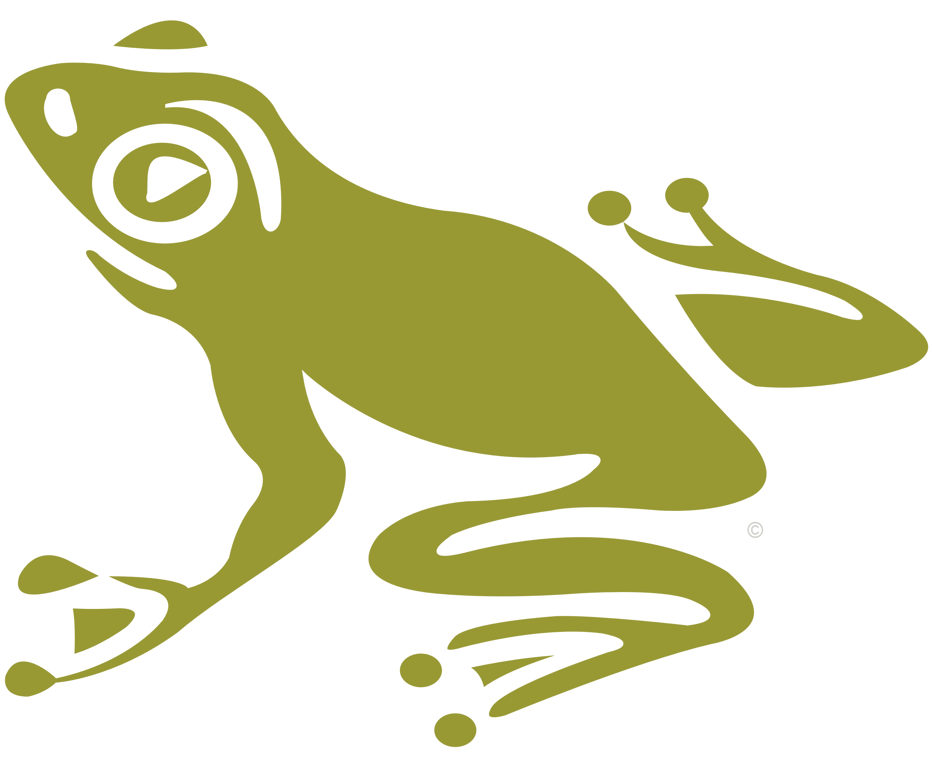
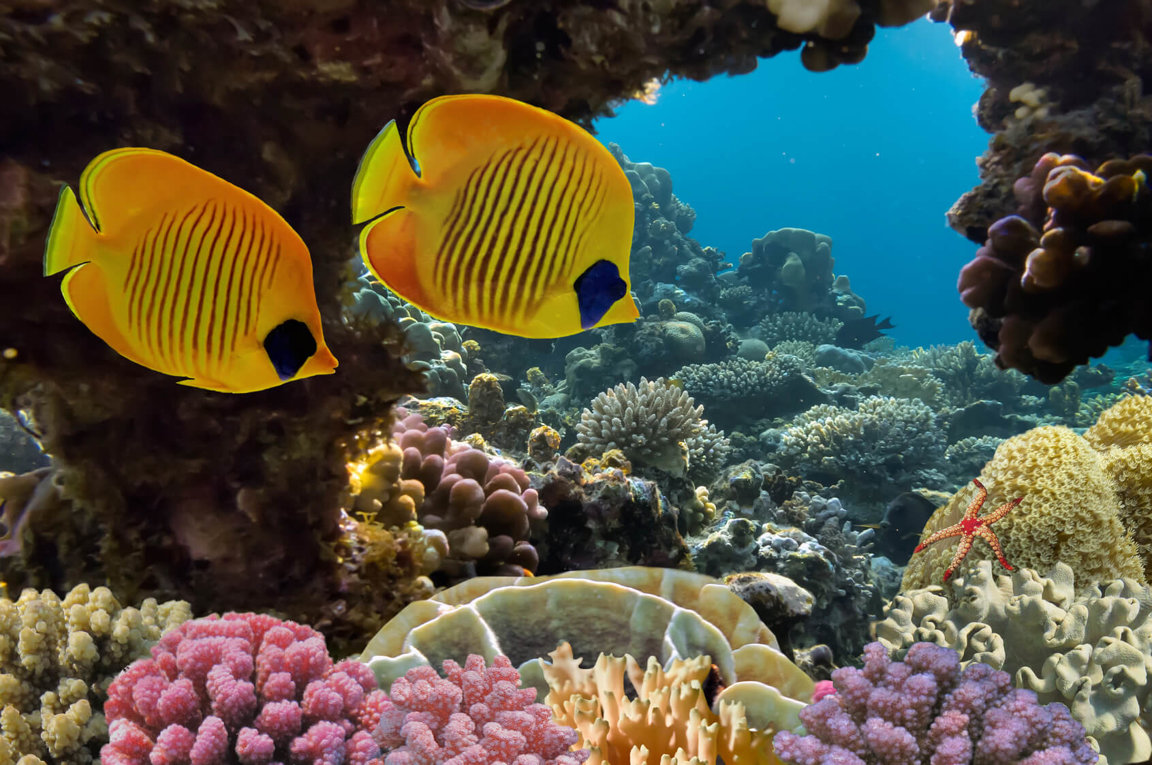

 Air
Air Water
Water Genetic Engineering
Genetic Engineering Animal Agriculture
Animal Agriculture